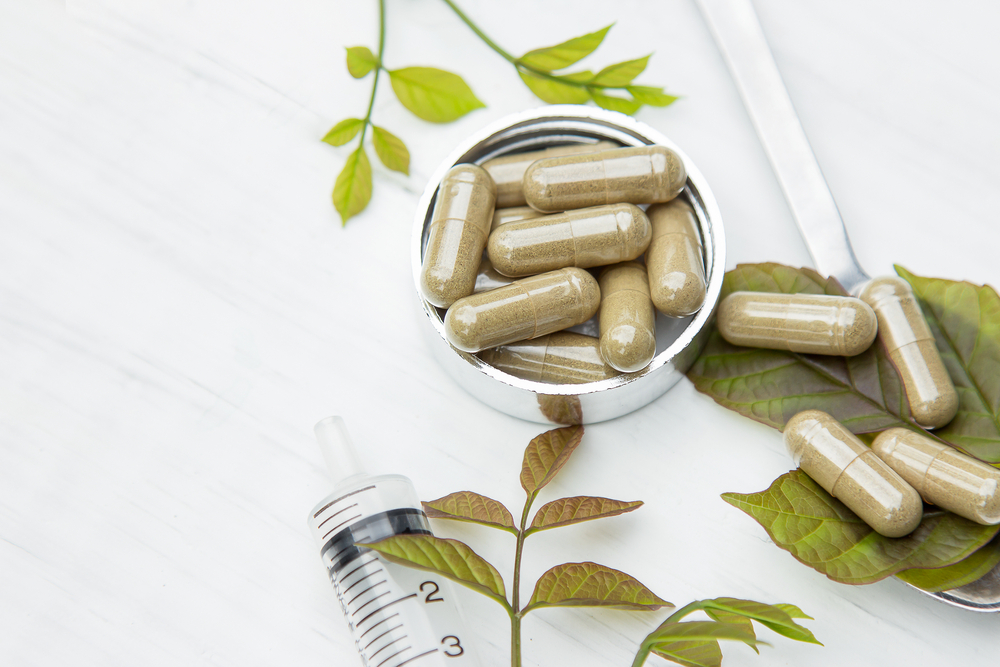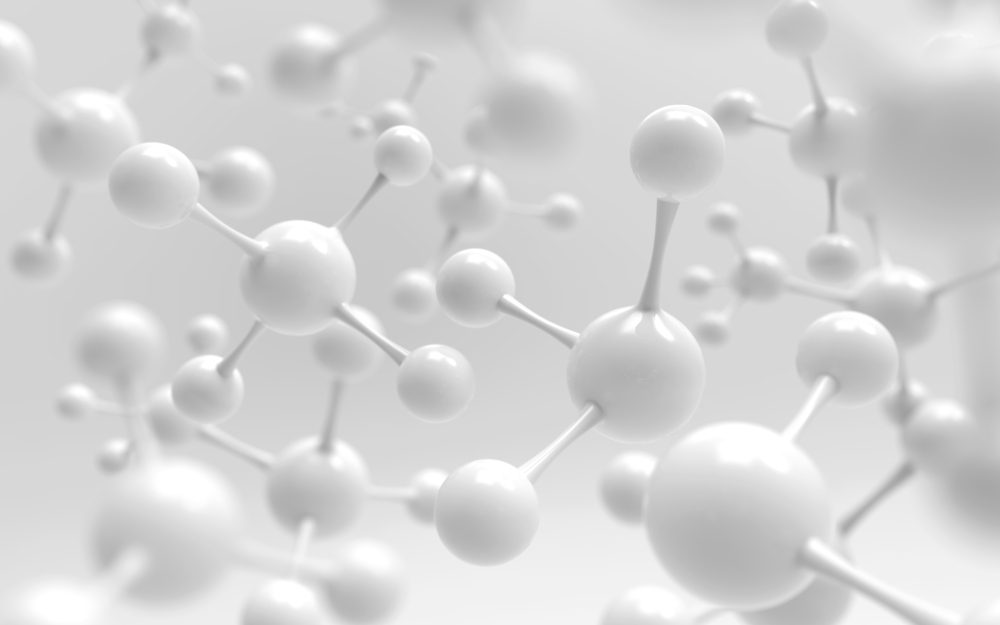Therapeutic Effects of Deer Antler Velvet

The composition of deer antler velvet consists of a diverse mixture of bioactive components including minerals, amino acids, proteins, polypeptides, polysaccharides, phospholipids, fatty acids, and biological bases (uracil, hypoxanthine, and undine). The therapeutic effects of deer antler velvet vary greatly and depend on the concentration of specific bioactive components in the product.
Amino Acids, Proteins, Polypeptides
Proteins are made up of hundreds to thousands of amino acids that form long chains. There are 20 different amino acids that humans need to live and consist of nine essential amino acids and 11 non-essential ones. Essential amino acids are those that the body cannot make and must be consumed through food, including histidine, isoleucine, leucine, lysine, methionine, phenylalanine, threonine, tryptophan, and valine. Non-essential amino acids are made by the body and include alanine, arginine, asparagine, aspartic acid, cysteine, glutamic acid, glutamine, glycine, proline, serine, and tyrosine.
Approximately 50% of the dry weight of deer antler velvet is protein, which is a good source of bioactive peptides. Bioactive peptides are composed of two but no more than 20 amino acids and exhibit greater bioactivity than whole proteins due to the presence of more active functional groups. The types of amino acids and their sequence give bioactive peptides different biological activities.
Oxidative Damage
Oxidative damage and the accumulation of free radicals and reactive oxygen species (ROS) have been associated with some chronic diseases, such as gastrointestinal inflammation, cardiovascular disease, and neurodegenerative diseases. Current research has shown that peptides that exhibit antioxidant activity are mainly comprised of aromatic and hydrophobic amino acids because they can donate hydrogen ions to bind with free radicals.

Deer antler velvet is a high-quality source of antioxidant peptides that have good thermal and emulsion stability, which may be used in the food, cosmetic, and pharmaceutical industries.
Inflammation and Effects on Bone and Cartilage
Bioactive peptides in deer antler velvet have been reported by several researchers to have anti-inflammatory properties.
Inflammation is caused by a variety of factors including elevation in the levels of white blood cells and proinflammatory cytokines including interleukin-1 (IL-1), IL-6, tumor necrosis factor-alpha (TNF-α), and interferon-gamma (IFN-γ). The bioactive peptides in deer antler velvet may help treat inflammatory arthritis including osteoarthritis and rheumatoid arthritis.
Deer antler velvet awaits scientific determination of its clinical efficacy in the treatment of rheumatoid arthritis. However, its collagen content indicates that its effects would be beneficial. In light of the collagen and GAG research that has been performed in clinical settings, and due to their concentrations in quality deer antler velvet products, deer antler velvet has received scientific substantiation to be marketed as dietary supplement for the support of healthy joint function.
In addition to reducing inflammation, bioactive peptides in deer antler velvet have also been associated with reducing the development of osteoporosis. Researchers in one study suggested that deer antler bioactive peptides may upregulate 23 proteins that promote bone formation and downregulate 10 proteins that inhibit bone formation to maintain the balance between osteoblasts and osteoclasts.
Neurological Diseases

Neurodegenerative diseases are thought to be influenced by increased and uncontrolled inflammation and the formation of free radicals. Neuroinflammation leads to the activation of microglial cells (macrophages in the central nervous system), the release of proinflammatory cytokines, and the production of β-amyloid plaques, and tau proteins.
Due to the anti-inflammatory and antioxidant properties of bioactive peptides in deer antler velvet, they have been recognized as potential treatments for neurodegenerative diseases such as Alzheimer’s and Parkinson’s diseases.
Collagen
Connective tissue provides structural support for cells throughout the body and consists of fibers and ground substance that make up the extracellular matrix. Ground substance is a gelatinous material that provides a means for the exchange of nutrients between cells and capillaries. Collagen is the most abundant protein in the human body and fibers provide tensile strength to the extracellular matrix. There are 28 types of collagen, and the four most common types include:
- Type I: This is the most common type comprising over 90% of the collagen in the body and is flexible, strong, and resistant to force. It is found in scar tissue, tendons, ligaments, bone, corneas, skin, and dentin.
- Type II: It resists forces from pressure and is found mainly in the joints and between the discs in the spine.
- Type III: It forms a flexible meshwork of reticular fibers that support the structure of cells and is found in the skin and blood vessels. It is also present in the early stages of wound healing and has a role in tissue granulation.
- Type IV: It provides a meshwork of support and attachment to the extracellular matrix and is an important component of the kidneys, the lens of the eye, and the inner ear.
Chondrocytes are the only cells found in healthy cartilage and secrete the matrix of cartilage. These cells are highly differentiated and are responsible for manufacturing a specific mix of collagen and proteoglycans that contain chondroitin sulfates and other glycosaminoglycans.

There are over 200 types of diseases affecting connective tissue, cartilage, and collagen production. Some examples include rheumatoid arthritis, scleroderma, systemic lupus erythematosus, and Ehlers-Danlos syndrome.
One of the major problems with injuries to cartilage is that it cannot repair and regenerate itself. This is because human cartilage does not contain blood vessels, nerves, and other cells associated with tissue repair. Deer antlers are the only mammalian structure that can regenerate itself and the cartilage is highly vascularized making it a good resource for studying cartilage repair in humans. Regenerative medicine has become a popular area of research and combines biological sciences and materials engineering to make scaffolds that provide a structure to grow cells in vitro.
A group of researchers in China have demonstrated that a cartilage-derived matrix scaffold made from the tip of deer antlers was effective in regenerating cartilage in the knee of a rabbit, which was high in type II collagen.
Lipids and Fatty Acids
Monounsaturated and polyunsaturated fats are considered better for cardiovascular health than saturated and trans fats. Monounsaturated fatty acids have one double bond while polyunsaturated fatty acids have more than two double bonds.

Researchers conducted a study to determine the composition of deer antler velvet and found that saturated fatty acids were highest in the base of the antlers whereas the concentration of unsaturated fatty acids was highest in the tip. Monounsaturated fatty acids were higher in the tip of the antler, and polyunsaturated fatty acids were more concentrated in the upper section of the antler.
The findings from this study demonstrated that deer antler velvet products may be effective at preventing cardiovascular disease if made from the tip or upper section of the antler.\
